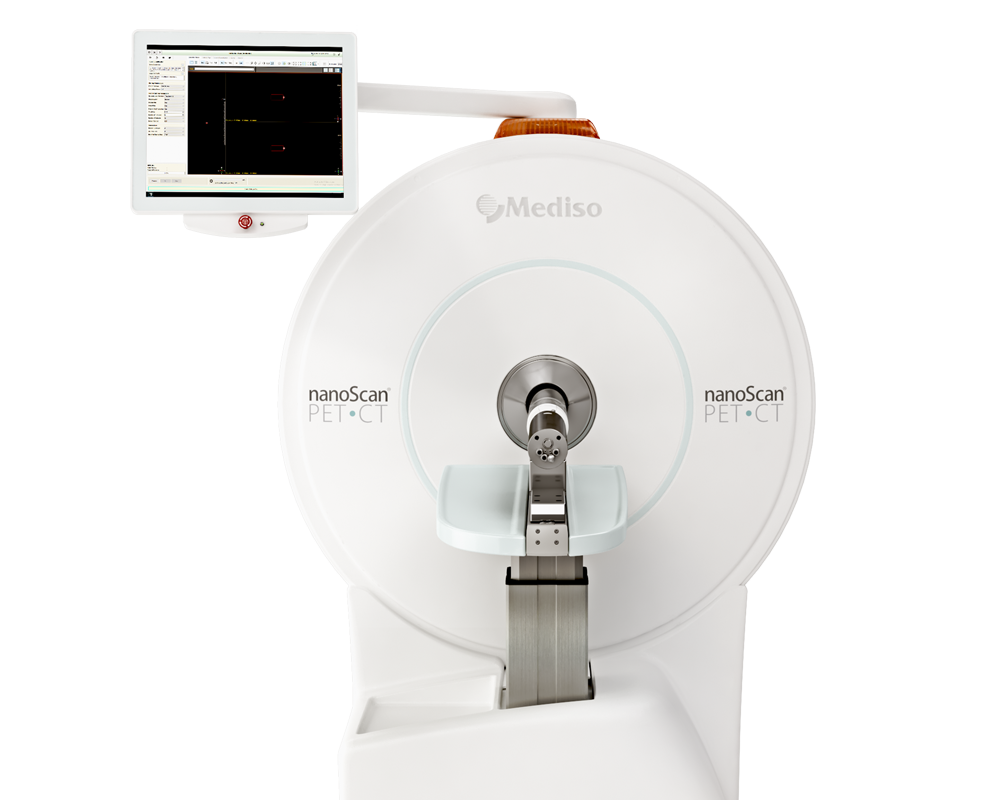Proapoptotic Bcl-2 inhibitor as potential host directed therapy for pulmonary tuberculosis
2025.03.27.
Medha Singh et al., Nature Communication, 2025
Abstract
Mycobacterium tuberculosis establishes within host cells by inducing anti-apoptotic Bcl-2 family proteins, triggering necrosis, inflammation, and fibrosis. Here, we demonstrate that navitoclax, an orally bioavailable, small-molecule Bcl-2 inhibitor, significantly improves pulmonary tuberculosis (TB) treatments as a host-directed therapy. Addition of navitoclax to standard TB treatments at human equipotent dosing in mouse models of TB, inhibits Bcl-2 expression, leading to improved bacterial clearance, reduced tissue necrosis, fibrosis and decreased extrapulmonary bacterial dissemination. Using immunohistochemistry and flow cytometry, we show that navitoclax induces apoptosis in several immune cells, including CD68+ and CD11b+ cells. Finally, positron emission tomography (PET) in live animals using clinically translatable biomarkers for apoptosis (18F-ICMT-11) and fibrosis (18F-FAPI-74), demonstrates that navitoclax significantly increases apoptosis and reduces fibrosis in pulmonary tissues, which are confirmed in postmortem analysis. Our studies suggest that proapoptotic drugs such as navitoclax can potentially improve pulmonary TB treatments, reduce lung damage / fibrosis and may be protective against post-TB lung disease.
Results from nanoScan® PET/CT
-
Assessment of Apoptosis:
-
The study utilized ^18F-ICMT-11 PET imaging, a clinically translatable biomarker targeting activated caspase 3/7, to noninvasively measure apoptosis in lung tissues.
-
Navitoclax treatment, in combination with standard TB therapy, resulted in significantly higher ^18F-ICMT-11 uptake in the lungs, indicating increased apoptosis compared to standard therapy alone.
-

Fig. 2. TB treatments were initiated three weeks after a high dose aerosol infection. a Maximum intensity projection (MIP) and transverse 18F-ICMT-11 PET/CT from representative M. tuberculosis-infected mice from the different treatment arms, two weeks after initiation of TB treatments. Quantification of pulmonary 18F-ICMT-11 PET signal as percent injected dose/mL (%ID/mL) (panel b) and area under curve (AUC) (panel c) which was significantly higher in animals treated with the standard TB treatment in addition to navitoclax versus those receiving the standard treatment alone (P = 0.01; n = 3 untreated mice, 4 RHZ treated mice and 4 RHZ + navitoclax treated mice) are shown.
-
Evaluation of Fibrosis:
-
^18F-FAPI-74 PET imaging, which targets fibroblast activation protein, was used to assess pulmonary fibrosis.
-
Mice treated with navitoclax showed a significant reduction in ^18F-FAPI-74 uptake, suggesting decreased fibrosis relative to those receiving only standard TB treatment.
-

Fig.5. TB treatments were initiated six weeks after a low dose aerosol infection with M. tuberculosis, when fibrosis is well established (chronic model). a Maximum intensity projection (MIP) and transverse 18F-FAPI-74 PET/CT from representative M. tuberculosis-infected mice from the different treatment arms, two weeks after initiation of TB treatments. Quantification of pulmonary 18F-FAPI-74 PET signal as lesion to blood ratio (panel b) and heatmaps representing area under the curve (AUClesion/blood) ratio (panel c) (n = 4 mice/group) are shown. A significantly lower AUClesion/blood was observed in animals receiving adjunctive navitoclax versus standard TB treatment alone (P = 0.03). Data are represented as median ± interquartile range. Statistical comparisons were made using the Mann-Whitney U one-tailed test.
Full article on nature.com
Wie können wir Ihnen behilflich sein?
Bitte kontaktieren Sie uns für technische Informationen und Unterstützung jeglicher Art in Zusammenhang mit unseren Entwicklungen und Produkten.
Kontaktformular